Contents
A Quick Overview of Intermittent Fasting and Its Types
Intermittent fasting is an increasingly popular eating pattern. It involves alternating cycles of “feeding” and “fasting” periods.
Taking all your calories within a short period has been shown to offer a myriad of health benefits. These include healthy weight loss, improved heart health, and healthy blood sugar levels. Besides, IF can also help improve mental health and reverse some effects of aging.
Related: 8 Benefits That’ll Make You Fall In Love With Intermittent Fasting
Unlike many fad diets, intermittent fasting is backed by a strong body of scientific evidence. This makes it one of the most effective tools for healthy weight loss.
There are many ways to do intermittent fasting. Some of them are:
5:2 Fast
This flexible method of fasting is popular among beginners. In this method, you can eat normally for five days each week. During the remaining 2 days, you should limit your daily calorie intake to about 500 calories.
12-hour Fast
Like the 5:2 fast, this is another beginner-friendly fasting method. It is easy to follow. Simply, avoid eating any calories for 12 hours. Eat all your calories within the next 12 hours. That completes one cycle of fasting.
Once your body adapts to fasting for 12 hours, you can work your way up to fasting for longer durations, such as the 16:8 fast or 20-hour fast.
16-hour Fast
This is probably the most studied form of IF. We may say it is an extended version of the 12-hour fast. You are not allowed to eat for 16 hours a day and can eat normally in the 8-hour feeding window.
20-hour Fast or “The Warrior Diet”
This is an extreme form of fasting. It has a long fasting window of 20 hours and a short eating window of 4 hours. The 20-hour fast is ideally suited to people who have spent a considerable amount of time doing 16-hour fasts. Click here to learn more about the Warrior Diet.
Take a
1-minute quiz
and discover how much weight you can lose with DoFasting!
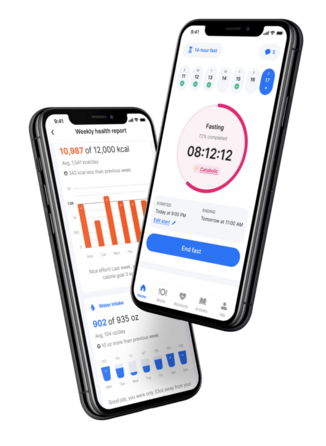
Intermittent Fasting Food List: How to Choose the Best Foods
Eating during intermittent fasting is more about being healthy than just rapidly losing weight. Thus, it is critically important to choose nutrient-dense foods such as veggies, fruits, lean proteins, and healthy fats.
The intermittent fasting food list should contain:
1. For Protein
The Recommended Dietary Allowance (RDA) for protein is 0.8 grams of protein per kilogram of body weight. Your requirements may vary depending on your fitness goals and level of activity.
Protein helps you lose weight by decreasing energy intake, increasing satiety, and boosting metabolism.
Besides, when combined with strength training, increased protein intake helps build muscle. Having more muscle in the body naturally increases your metabolism, as muscle burns more calories than fat.
Also Read: Learn how to build strong thick muscle during intermittent fasting
A recent study suggests that having more muscle in your legs can help reduce belly fat formation in healthy men.
The IF food list for protein include:
- Poultry and fish
- Eggs
- Seafood
- Dairy products such as milk, yogurt, and cheese
- Seeds and nuts
- Beans and legumes
- Soy
- Whole grains
2. For Carbs
According to the Dietary Guidelines for Americans, 45 to 65 percent of your daily calories should come from carbohydrates (carbs).
Carbs are the major source of energy for your body. The other two are protein and fat. Carbs come in various forms. The most notable of them are sugar, fiber, and starch.
Carbs often get a bad rap for causing weight gain. However, not all carbs are created equal and they are not inherently fattening. Whether or not you will gain weight depends on the type and quantity of the carbs you eat.
Make sure to choose foods that are high in fiber and starch but low in sugar.
A 2015 study suggests that eating 30 grams of fiber each day can cause weight loss, improve glucose levels, and lower blood pressure.
Getting 30 grams of fiber from your diet is not an uphill challenge. You can get them by eating a simple egg sandwich, Mediterranean barley with chickpeas, apple with peanut butter, and chicken and black peas enchiladas.
The IF food list for carbs include:
- Sweet potatoes
- Beetroots
- Quinoa
- Oats
- Brown rice
- Bananas
- Mangoes
- Apples
- Berries
- Kidney beans
- Pears
- Avocado
- Carrots
- Broccoli
- Brussels sprouts
- Almonds
- Chia seeds
- Chickpeas
3. For Fats
According to the 2015-2020 Dietary Guidelines for Americans, fats should contribute 20% to 35% of your daily calories. Most notably, saturated fat should not contribute more than 10% of daily calories.
Fats can be good, bad, or simply in-between depending on the type.
For example, trans fats increase inflammation, reduce the levels of the “good” cholesterol, and increase the levels of the “bad” cholesterol. They are found in fried foods and baked goods.
Saturated fats can increase the risk of heart disease. However, expert opinions differ on this. It’s wise to eat them in moderation. Red meat, whole milk, coconut oil, and baked goods contain high amounts of saturated fats.
Healthy fats include monounsaturated and polyunsaturated fats. These fats can reduce the risk of heart disease, lower blood pressure, and reduce the blood levels of fats.
Olive oil, peanut oil, canola oil, safflower oil, sunflower oil, and soybean oils are rich sources of these fats.
The IF food list for fats include:
- Avocados
- Nuts
- Cheese
- Whole eggs
- Dark chocolate
- Fatty fish
- Chia seeds
- Extra virgin olive oil (EVOO)
- Full-fat yogurt
4. For a Healthy Gut
A growing body of evidence shows that your gut health is the key to your overall health. Your gut is home to billions of bacteria known as the microbiota.
These bacteria affect your gut health, digestion, and mental health. They may also play a crucial role in many chronic disorders.
Thus, you should take care of those tiny bugs in your stomach, especially when you are intermittent fasting.
The intermittent fasting food list for a healthy gut include:
- All vegetables
- Fermented vegetables
- Kefir
- Kimchi
- Kombucha
- Miso
- Sauerkraut
- Tempeh
In addition to keeping your gut healthy, these foods can also help you lose weight by:
- Decreasing the absorption of fat from the gut.
- Increasing the excretion of ingested fat through stools.
- Reducing food intake.
5. For Hydration
According to the National Academies of Sciences, Engineering, and Medicine, the daily fluid requirement is:
- About 15.5 cups (3.7 liters) for men.
- About 11.5 cups (2.7 liters) for women.
Fluids include water as well as foods and drinks that contain water.
Staying hydrated during intermittent fasting is critical to your health. Dehydration can cause headaches, extreme tiredness, and dizziness. If you are already struggling with these side effects of fasting, dehydration can make them worse or even serious.
The intermittent fasting food list for hydration include:
- Water
- Sparkling water
- Black coffee or tea
- Watermelon
- Strawberries
- Cantaloupe
- Peaches
- Oranges
- Skim milk
- Lettuce
- Cucumber
- Celery
- Tomatoes
- Plain yogurt
Interestingly, taking plenty of water can also help with weight loss. A 2016 review study states that proper hydration can help you lose weight by:
- Decreasing appetite or food intake.
- Increasing fat burning.
Note: if you are looking for planned meals, our app offers a 5000+ recipes library picked by professional nutritionists. If you don’t have our app, you can use this intermittent fasting meal planner to get some meals ideas.
Take a
1-minute quiz
and discover how much weight you can lose with DoFasting!

Foods to Exclude from the Intermittent Fasting Food List
- Processed foods
- Refined grains
- Trans-fat
- Sugar-sweetened beverages
- Candy bars
- Processed meat
- Alcoholic beverages
Combining Intermittent Fasting with Specific Diets: Things to Know
Some people believe that combining IF with certain diets such as the keto diet or a vegetarian diet is more effective for weight loss. That said, the jury is still out on whether or not this is true.
Want to try the combination of IF and the keto diet? Make sure to include the following in the high-fat low carb diet intermittent fasting food list:
For Fats (75% of your daily calories)
- Avocados
- Nuts
- Cheese
- Whole eggs
- Dark chocolate
- Fatty fish
- Chia seeds
- Extra virgin olive oil (EVOO)
- Full-fat yogurt
For Protein (20% of your daily calories)
- Poultry and fish
- Eggs
- Seafood
- Dairy products such as milk, yogurt, and cheese
- Seeds and nuts
- Beans and legumes
- Soy
- Whole grains
For Carbs (5% of your daily calories)
- Sweet potatoes
- Beetroots
- Quinoa
- Oats
- Brown rice
The food list for intermittent fasting vegetarian diet includes:
For Protein
- Dairy products such as milk, yogurt, and cheese
- Seeds and nuts
- Beans and legumes
- Soy
- Whole grains
For Carbs
- Sweet potatoes
- Beetroots
- Quinoa
- Oats
- Brown rice
- Bananas
- Mangoes
- Apples
- Berries
- Kidney beans
- Pears
- Avocado
- Carrots
- Broccoli
- Brussels sprouts
- Almonds
- Chia seeds
- Chickpeas
For Fats
- Avocados
- Nuts
- Cheese
- Dark chocolate
- Chia seeds
- Extra virgin olive oil (EVOO)
- Full-fat yogurt
Key Takeaways
- Intermittent fasting is one of the most studied tools for healthy weight loss.
- Eating foods such as veggies, nuts, seeds, lean proteins, and fruits can enhance the weight loss benefits of intermittent fasting.
- Healthy eating during intermittent fasting is the key to preventing nutritional deficiencies.
- You can combine fasting with popular diets such as the keto diet or a vegetarian diet.
Take a
1-minute quiz
and discover how much weight you can lose with DoFasting!

Leave a Reply
See how DoFasting will improve your life
Find out what works for you with this 60-sec quiz approved by our experts and get your personal revolutionary fasting assistant.
Start the Quiz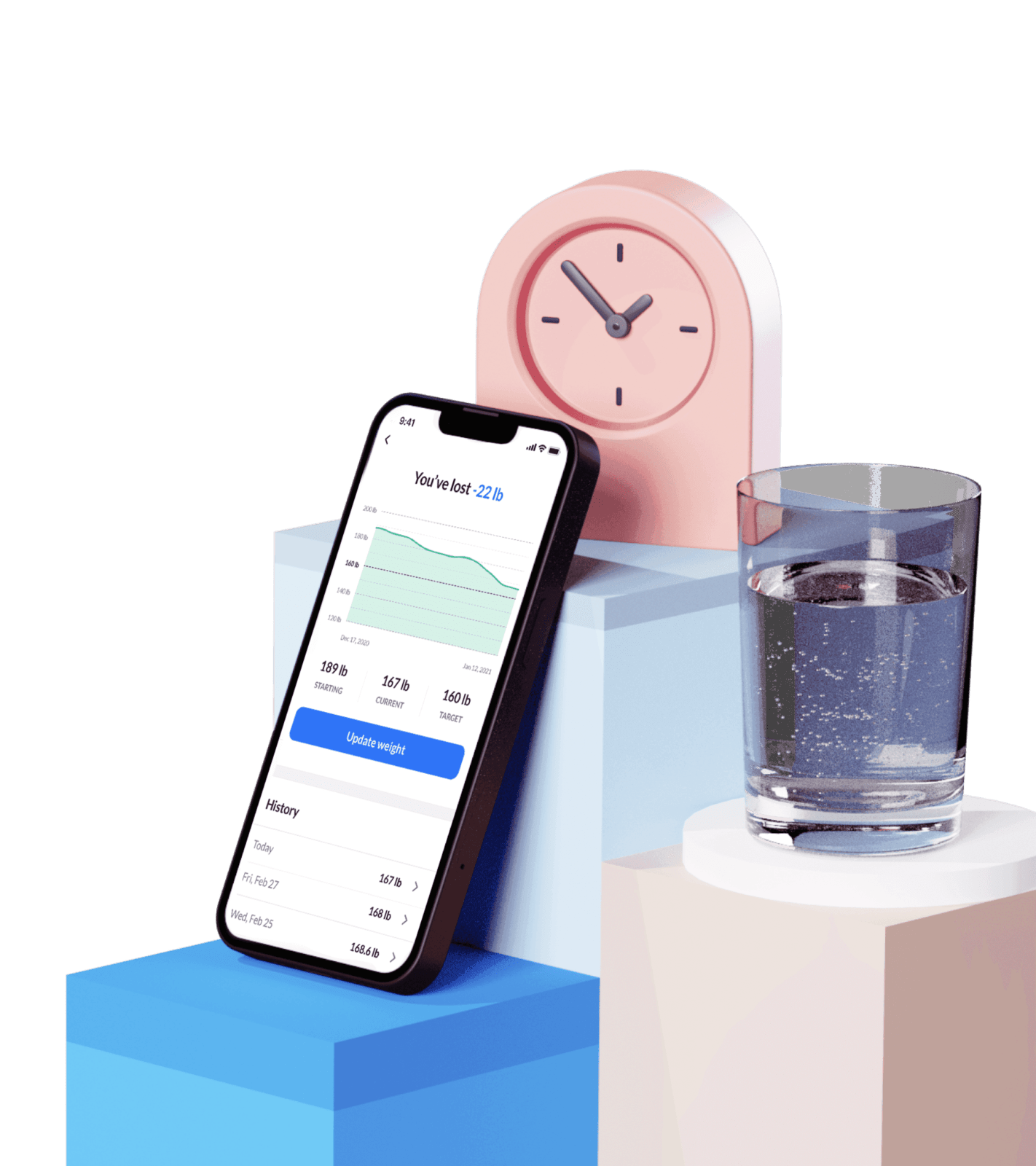
This is an evidence-based article that includes scientific citations. DoFasting’s professional writers and editors prepared the content, which a team of medical experts verified to be accurate.


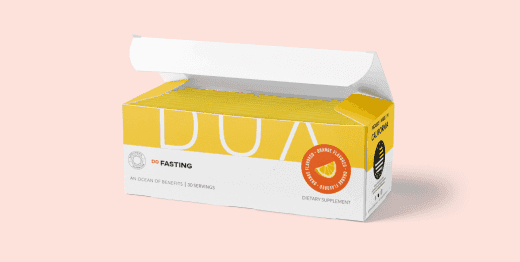










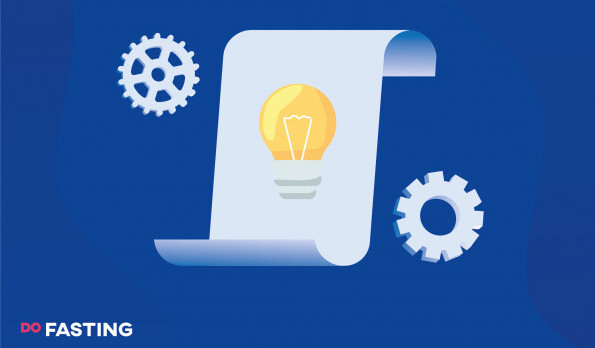
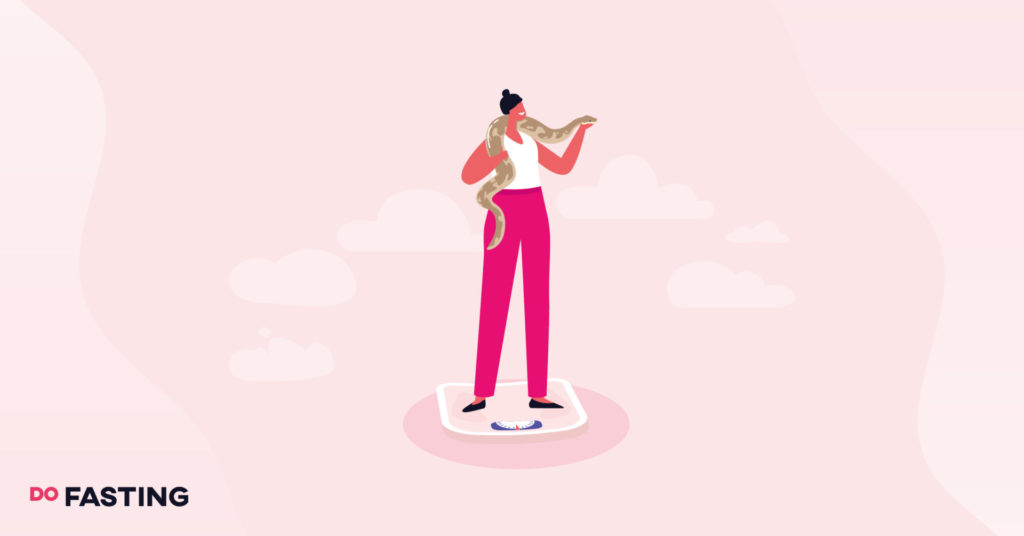
10 Comments
I thank you for sharing the food list. I’m starting Warrior and wasn’t sure what to eat and not eat. This list above ( except celery) is all doable. I struggle with black coffee. Is there any sweetener that is acceptable?
Thank you! Actually, every sweetener is breaking fast, but we always offer people to try black/green/ginger/mint/cardamom tea or water with pink salt. Also, noncaloric sweeteners can be used, such as stevia or monk fruit.
It is perfect time to make some plans for the future and it’s time to be happy. I’ve read this post and if I could I wish to suggest you some interesting things or suggestions. Maybe you can write next articles referring to this article. I wish to read even more things about it!
That’s true! Feel free to drop us a message regarding any suggestions.
I?ve been exploring for a bit for any high-quality articles or blog posts on this sort of area . Exploring in Yahoo I at last stumbled upon this website. Reading this info So i?m happy to convey that I’ve a very good uncanny feeling I discovered exactly what I needed. I most certainly will make certain to don?t forget this web site and give it a look on a constant basis.
Thank you and welcome! 😊
Its such as you read my thoughts! You seem to grasp a lot about this,
such as you wrote the book in it or something.
I feel that you just can do with a few p.c.
to force the message home a little bit, but instead of that, that is great blog.
A fantastic read. I will certainly be back.
Hello and thank you for your kind words! We are happy you like it and you can definitely expect more blog posts in the future.
An intriguing discussion is definitely worth comment.
I believe that you should write more about this subject,
it might not be a taboo matter but typically people don’t
talk about these subjects. To the next! Best wishes!!
Hi! Oh yes, we think the same way. Thank you, and best wishes to you.